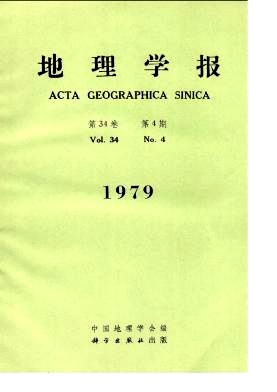Shi Chengxi
This paper describes the advances in limnology since liberation. In respect of comprehensive survey, lakes in middle and lower reaches of the Chang Jiang basin, in Yunnan province and in other places have been studied. In respect of hydrology and meteorology, water budget, evaporation from water surface, coefficient of heat exchange, lake currents and wind waves have been studied. In respect of geomorpho-logy, origin and evolution, physical and chemical porperties of sedimentation of some lakes as well as silt problem of reservoirs have been investigated. In respect of hy-drochemistry, chemical components of some lakes are analyzed, annual variation of dissolved gases, salinities, pH values and biogenetical elements have also been inves-tigated. In respect of protection of water quality, contaminated conditions of some lakes, water quality predicting methods and self-purification power of water bodies have been researched. In respect of hydrobiology, resources of living creatures and plants in lakes and reservoirs, biological characteristics of fishes and productivity of water bodies are discussed.Finally, future prospects for limnology in China are briefly discussed.
